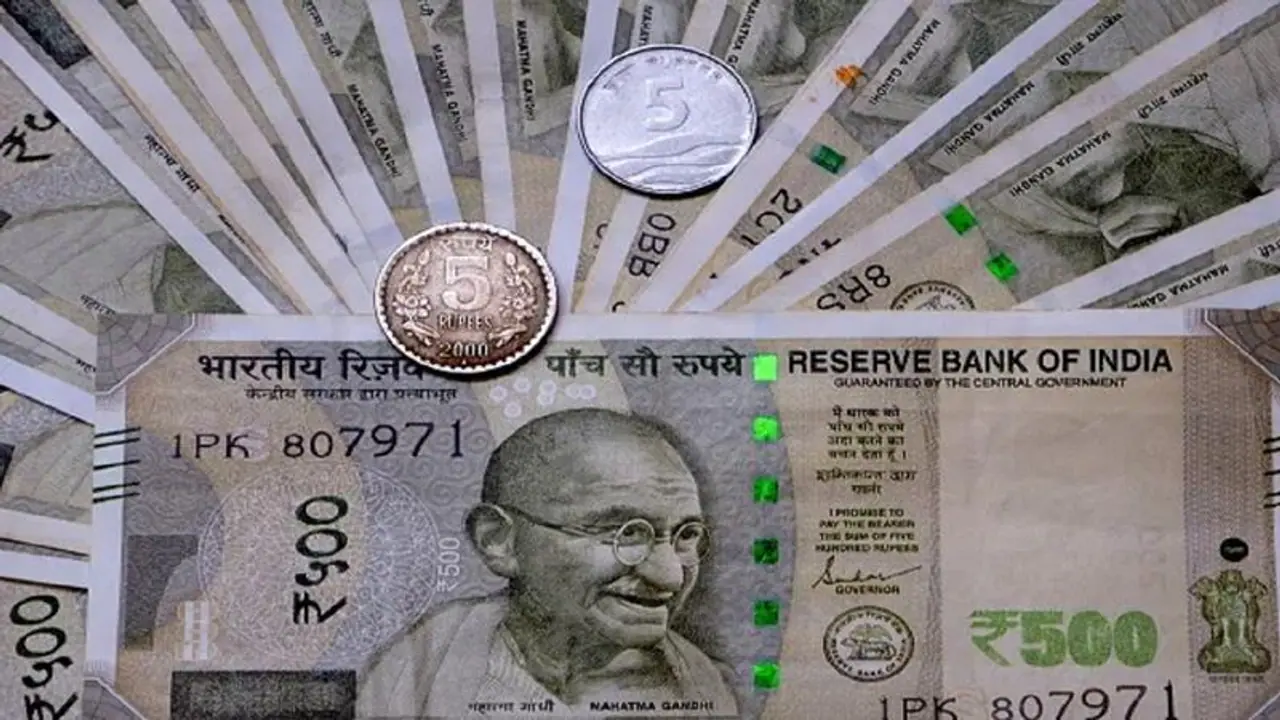The Indian Rupee is currently the strongest currency in Asia, according to Bloomberg. It presents a plethora of great opportunities and possibilities for the nation but also raises several challenges
According to Bloomberg, the Indian currency is doing better than any other Asian currency in 2024. The main two reasons are the support from strong foreign exchange reserves and the current account deficit, resulting in the Rupee going up by 0.48% and the US Dollar index by 1.91%. Previously, the Rupee was at its lowest at Rs. 83.50 against the US Dollar but is now slowly recovering.
One major factor can be the decline in the current account deficit (CAD). CAD might turn into a small surplus in the upcoming 2 years as the government is trying many ways to boost it. Now that the Indian Rupee is recovering, let's take a look at what it means for the nation to have a strong-performing currency and how it affects Indian economic growth.
1. Cheaper Import Prices
Having a stronger currency can make import prices cheaper as it makes it easier and takes fewer rupees to buy any foreign currency for imports. This is a major leap in development as it keeps the prices low, especially for businesses and individuals who depend on imported products and services.
2. Attract Foreign Investments
A country with a strong and stable currency can be a great attraction for foreign investors. This is because the stronger the rupee is, the higher the return on the investment made by the investors when converted back to their original currency.
3. Economic Presence Worldwide
With a strong and stable rupee, India radiates confidence amongst both national and international investors and promises a higher profit. It encourages investors to believe in the country's economic possibilities and stability.
4. Control Inflation
With a strong currency, India can check inflation and keep the imported prices low for the citizens. Having low prices for imported goods is an overall success for the country and keeps the economy stable.
5. India Tourism
India might see a decline in foreign tourism as having a strong currency can make it expensive for foreign tourists to visit India. On the other side, it can motivate Indians to travel overseas more due to the better-performing currency and better purchasing power.
6. Higher Export Prices
One possible downside of having a strong currency can be the high export prices for foreign buyers. This can result in a decline in exports affecting the industries and businesses relying on foreign exports.
Also Read: India Leading the World in Online Transactions with Tokenisation
Also Read: Empowering Odisha: Bill Gates and his visit to Bhubaneswar slums
